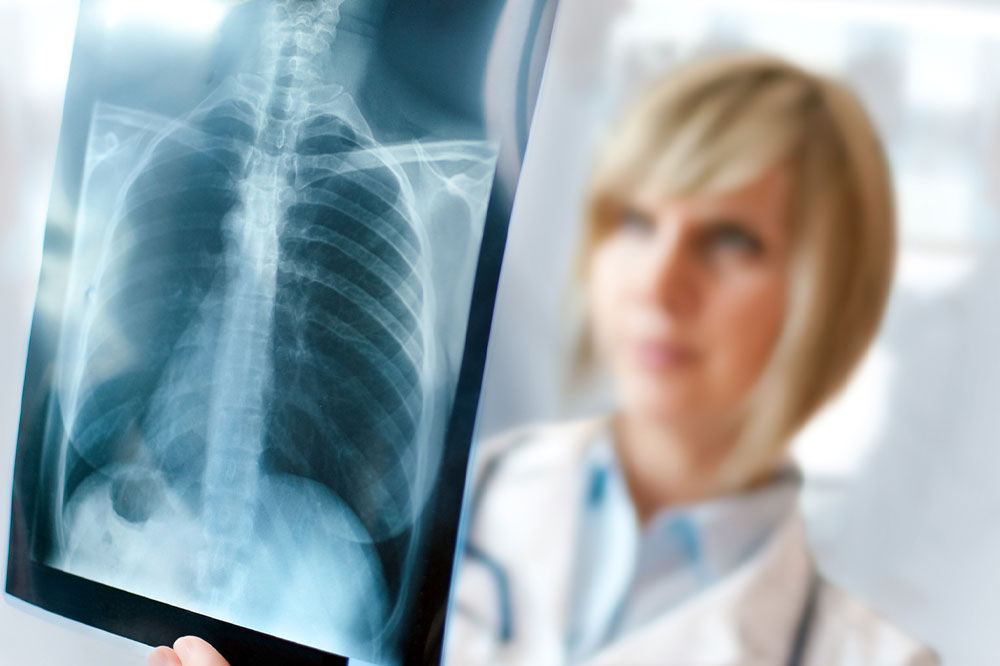Understanding the Major Types of Cancer and Their Indicators
This article provides a comprehensive overview of common cancer types, including lung, breast, kidney, and prostate cancers. It highlights their causes, symptoms, and preventive measures, emphasizing the importance of early detection and healthy lifestyle choices. Understanding these cancer types can aid in awareness and proactive health management.

Understanding the Major Types of Cancer and Their Indicators
Cancer remains one of the top causes of death worldwide, according to the Cancer Journal for Clinicians. Over 100 different types have been identified, with some staying asymptomatic initially, making detection more difficult. Those with a family history or environmental risk factors should familiarize themselves with common cancers, their symptoms, and prevention strategies.
Key Types of Cancers
The human body consists of billions of cells forming organs and tissues. Cancer develops when these cells grow abnormally, crowding out healthy tissue and disrupting normal functions.
Malignant cells grow into masses, leading to uncontrolled multiplication. Cancers are typically named after their originating tissue, like lung, breast, or prostate. The most common cancers to know include:
Lung Cancer
As one of the most prevalent cancers globally, lung cancer is projected to affect over 2.1 million individuals by 2035. It can occur anywhere in the lungs and is linked to factors such as smoking, genetics, pollution, and radiation exposure. Symptoms include chest pain, persistent cough, breathing difficulty, blood-tinged sputum, weight loss, and swallowing issues. Reducing exposure to risk factors and maintaining a healthy lifestyle can help lower the risk.
Breast Cancer
This type affects cells in the breast tissue and is more common among women, though men can also develop it. Contributing factors include inherited genetics, family history, high body mass index, and inactivity. Signs include lumps, changes in breast shape, skin dimpling, and nipple changes. Prevention involves regular exercise and minimizing radiation exposure.
Kidney Cancer
With approximately 80,000 cases in the country, kidney cancer ranks as the sixth most common among men and ninth among women. The exact causes are unclear, but risk factors include genetics, age, gender, chronic kidney disease, and prolonged dialysis. Symptoms feature blood in urine, lower back pain, loss of appetite, unexplained weight loss, and fevers. Staying active, managing weight, and eating well can help prevent it.
Prostate Cancer
This common male cancer develops slowly but can sometimes be aggressive. Causes are linked to age, genetic changes, and family history. Typical signs include urinary difficulties, blood in urine, frequent urination, bone pain, pelvic discomfort, and erectile issues. Adopting a healthy lifestyle with regular exercise and nutritious diets can reduce risk.
Early detection and awareness of symptoms are critical for effective treatment. Noticing symptoms doesn’t necessarily mean cancer, but consulting healthcare professionals promptly is essential. Avoid making drastic lifestyle alterations without medical guidance.










